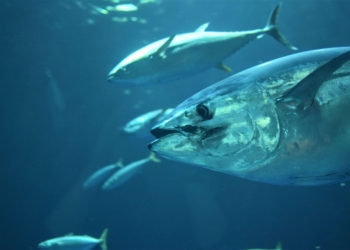A Bird nesting material can be anything which a bird uses to build its nest. It serves as the building block for the whole architecture of the nest. Birds may use anything, ranging from sticks and straws to fallen leaves to create their home. Good nesting material can ensure the sturdiness of the nest and provide safety to the eggs. Besides all this, it serves many useful purposes:
- It can camouflage the nest and make it invisible to the predators.
- Nesting material can hold the weight of the resident birds and their eggs.
- It can also act as an insulating material to provide warmth to the eggs.
- Bird Nesting Material also imparts a characteristic design to the nest.
- It protects the residents from outside elements as well.
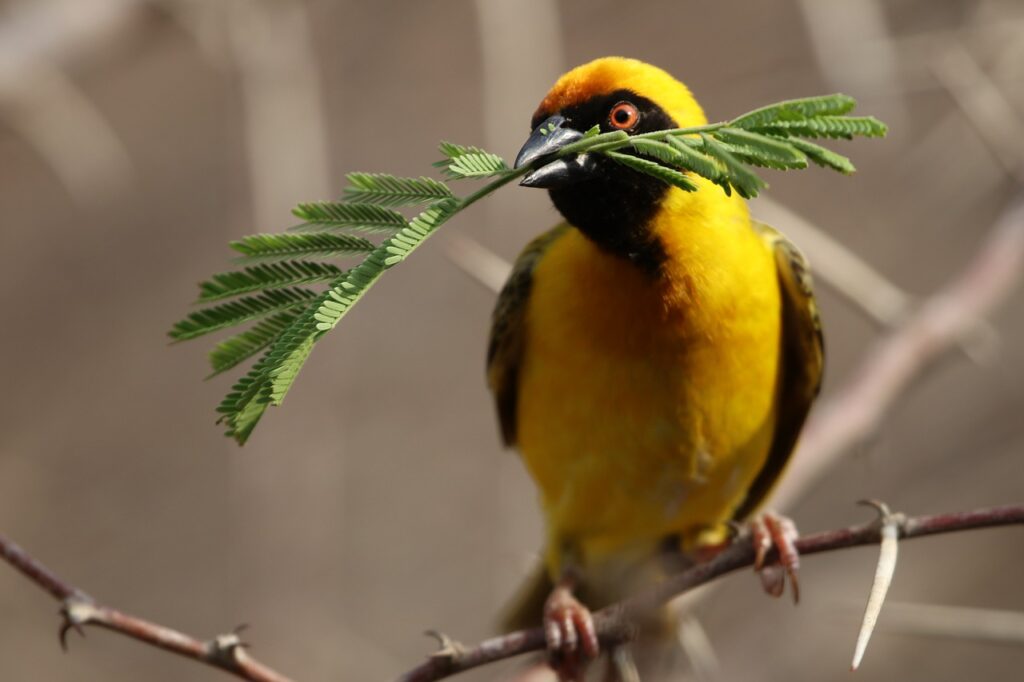
Types and Purpose of Nest
The basic purpose of a bird’s nest is to house the eggs, provide them warmth, and save them from outside threats. Besides coming in various shapes and sizes, they can also be built at various places. The general classification of the nests according to the place where they are built is:
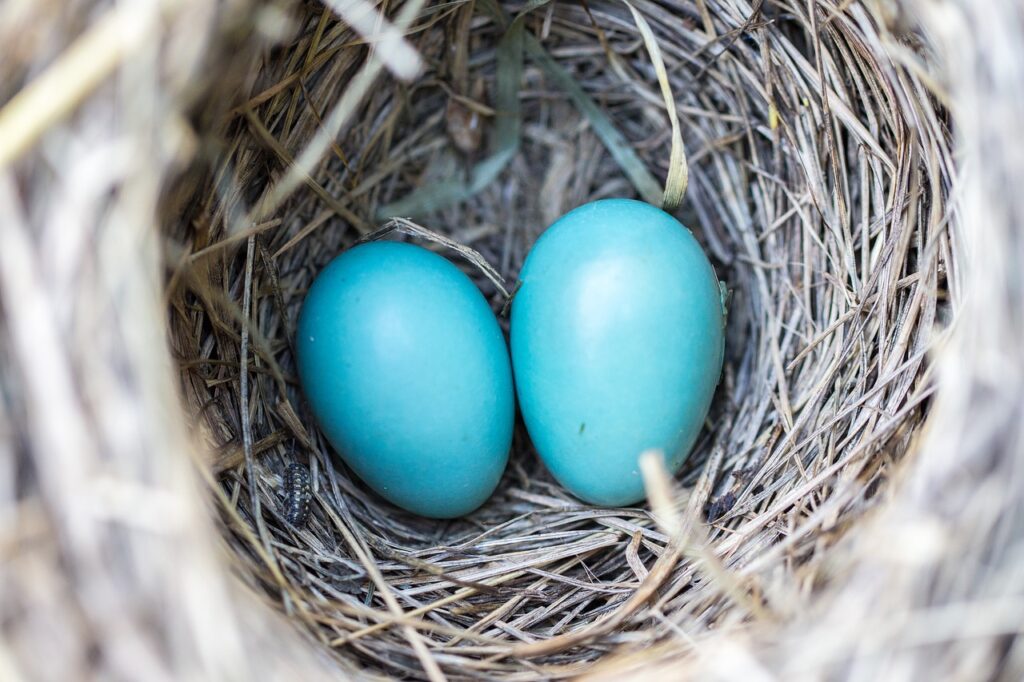
1.Cup Nests – These are the most basic types of nests shaped in the form of a cup. They are generally built on the branches of trees.
2.Adherent Nests – These nests stick to the ceiling of buildings and other vertical structures and are mostly cup or jug-shaped.
3.Platform Nests – These are huge nests built on the sides of a cliff or on the top of large trees. Raptors such as Vultures and Eagles usually build them.
4. Earth Hole Nests – These nests are just like burrows built by a rabbit. They are built inside the earth by birds such as Puffins.
5. Ground nests – Birds like Geese, Duck and Quail build their nests right on the ground. These are usually made by carving out a little hole, on the flat surface or on a mound.
6. Scrape Nests – These can hardly be called nests. Just like the name suggests these are made up of dried leaves put together in a haphazard manner. They can also be just a naturally created depression in the ground which the bird might decide as to its nesting place.
Bird nesting material to attract all flying beauties
Different types of materials might attract different types of birds. This is because different birds build different types of nests, each requiring a different building block. Hence it’s important to have the right knowledge about bird nesting material to attract the right birds.
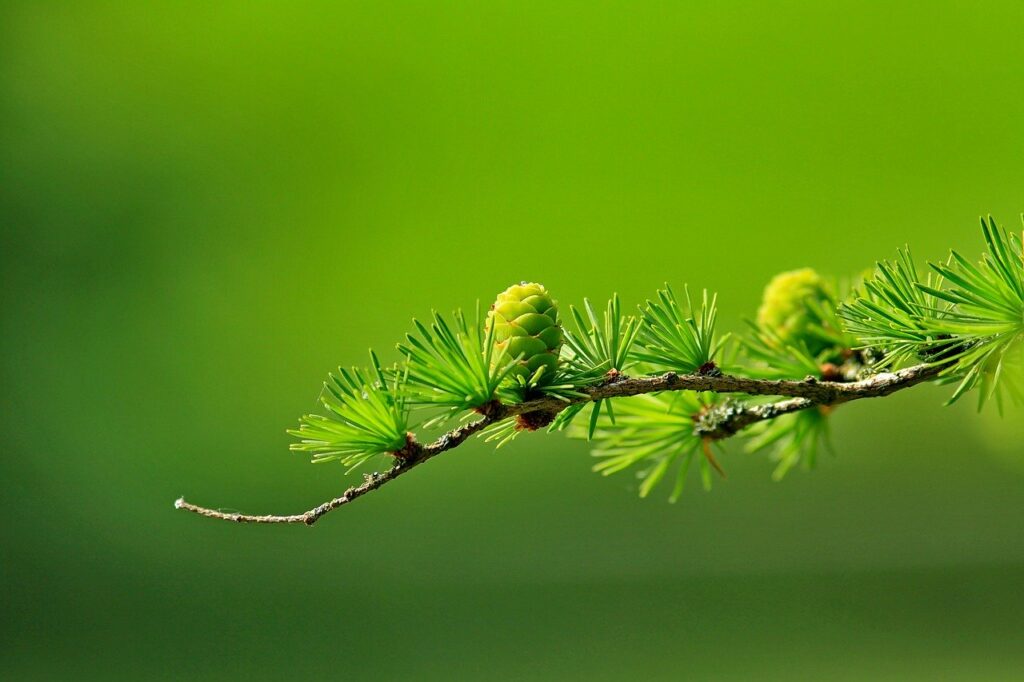
Some general bird nesting materials which you can provide to attract a wide variety of avians are:
1. Plants – Plants, in general, attract a large number of birds. So growing a lot of plants in your garden will act as an attraction for many birds. Plus birds can use the fresh or dead leaves of the plants to build their nests.
2. Twigs – Twigs can be one of the most sturdy materials for a bird’s nest. Birds are generally on the lookout for short twigs to add to their home. You can help them by planting a shrub or a small tree. Birds can then pick up the small branches which fall down from the shrub to build their nest.
3. Fluff – Many birds are attracted towards fluff material. These are generally seeds having silky attachments. These attachments are nothing but hair-like structures which enable the seed to ride the wind. For this, you can plant cottonwood trees and honeysuckle.
4. Mud – Mud is just like cement for the nest of a bird. You can have a trench on your garden filled with mud. It is sure to attract a lot of Swallows, Swifts and Robins.
5. Natural Fibers – Natural fibres such as raw cotton, hemp and wool act as an excellent bird nesting material. These don’t allow water to accumulate in the nest and can thus keep the eggs safe. You can cut these fibres into short strips and place them such that they can be found by birds easily.
Apart from these major ones, some other bird nesting materials are:
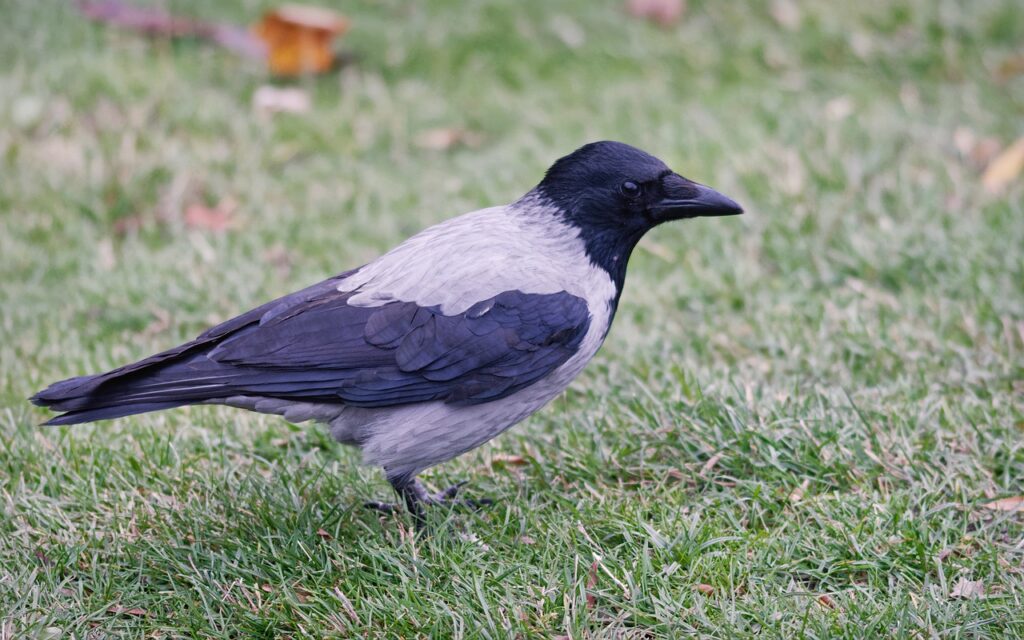
6. Hair – This might be the easiest to obtain and provide for people having dogs. Dogs shed a lot of hair. These fur fibres can be great nesting material for lovebirds as they do not soak up water and are durable. You can cut these fibres in short lengths and keep them for the convenience of birds.
7. Moss – Moss can be grown in a shady and damp spot in your garden. Apart from providing your garden with a nice green touch, it can also act as a major attraction for hummingbirds. So you can use this as a bird nesting material as well.
8. Snakeskins – This might be pretty easy to find if snakes live around your area. Birds use snakeskins as decorative materials, so you can hang it for them on a nearby tree branch.
9. Dry Grass – Next time you mow your lawn and have a heap of dry grass, don’t throw it away. The grass is a common building material in songbird nests and hence it can attract a lot of Swifts and Robins.
10. Greenery – Plants and shrubs such as cottonwood, maple, willow, poplar, etc. provide the birds with a soft matter which is preferred for making nests.
Challenging but Rewarding
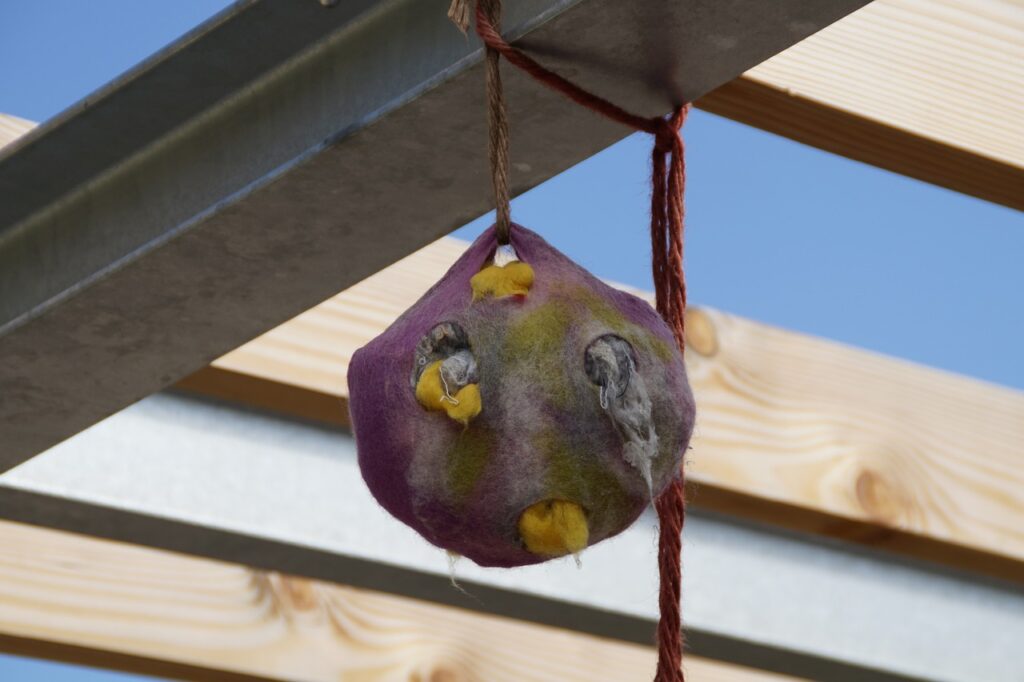
Most of the nests are made up of a combination of these bird nesting materials. Ultimately it depends upon you as to which type of birds you want to attract. For example, you might want to breed lovebirds, which is a lovely but challenging experience. A lovebird’s nest can contain palm fonds, twigs, dry leaves, grass etc. Or you might want to breed a Parakeet. The nesting material for Parakeets involves pine. Some artificial materials such as shredded paper may also be used for bedding.
Besides all this, you can also make a nesting ball. A bird nesting ball is a hollow ball made up of cotton, hemp, fibres, wool, etc. You can hang this ball made up of various materials at a convenient place. Birds can them come and choose the preferred material for their nest.
Breeding birds can be a challenging but rewarding experience. And if done right, it can transform you and your surroundings into a beautiful ecosystem filled with cuteness and chirpiness.


